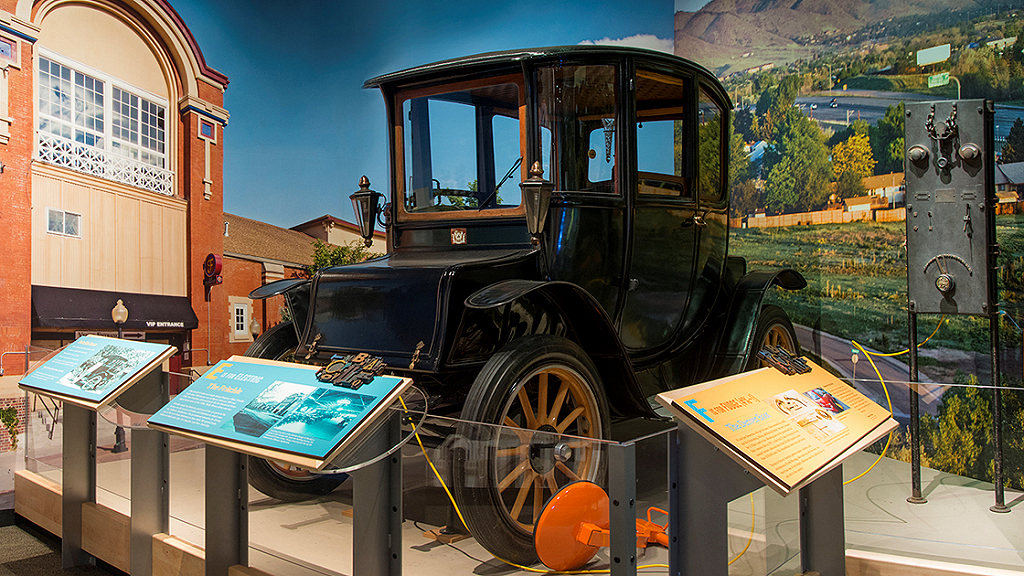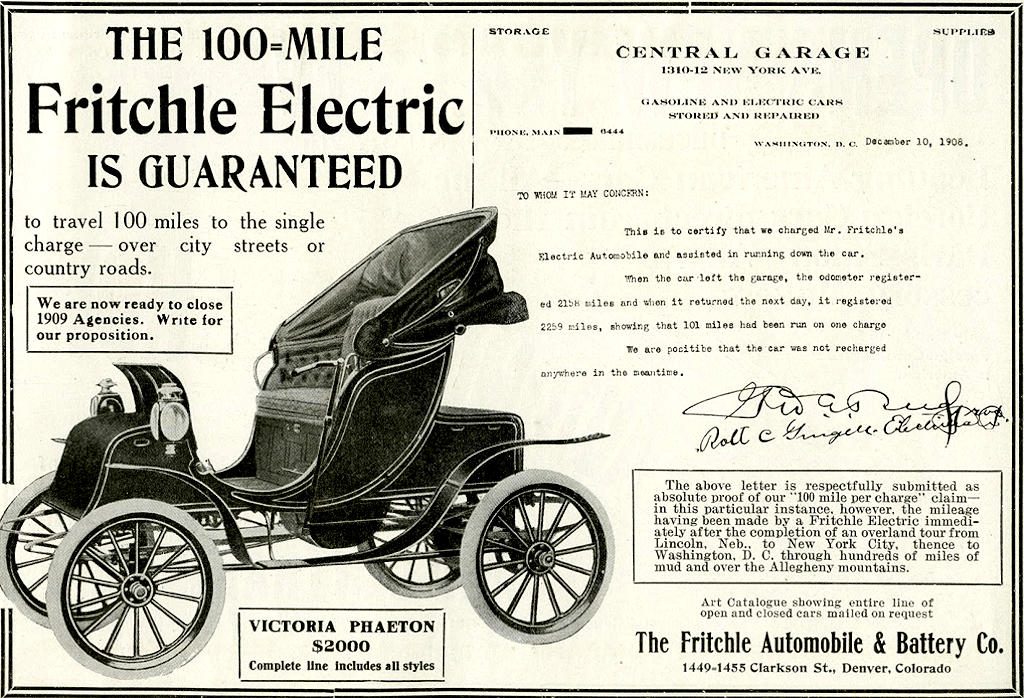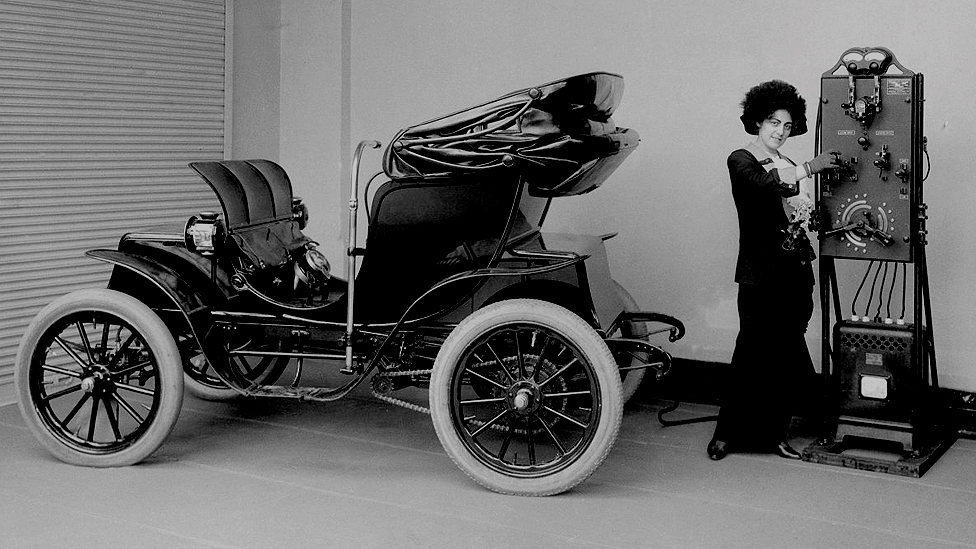The electric car was once a status symbol that just didn’t work out. An electric car buzzes along the road of a downtown street, with pedestrians and fellow drivers alike stopping to stare at the wealthy owners inside. The electric car cost roughly 7 times more than a normal Ford, and its reputation and design have helped to fuel long waitlists and pent-up demand. Electric cars might seem like the vehicles of the future, but they are actually a status symbol of the past. In the early 20th century an electric car was high society’s hottest commodity, sought after by socialites and businessmen alike.

Like today, one of the challenges for early electric car owners was where to charge them. But by 1910 owners could install their own charging stations on their property, and an increasing number of car-repair shops popped up that allowed electric cars to charge overnight. One of the most eccentric and interesting manufacturers of early electric cars was Oliver P. Fritchle, a chemist and electrical engineer who began as an auto repairman until he realized he could build a better electric car himself.

Fritchle sold his first vehicle in 1906 and set up a production plant in Denver, Colorado, in 1908. Fritchle marketed his cars as the “100-mile Fritchle,” and promised delivery 10 days after an order was placed. In Denver and the American West, his high-ceilinged cars reigned supreme with celebrities like Molly Brown driving around town in Fritchle’s. He was so successful that Fritchle even opened a sales office on Fifth Avenue in New York City, catering to the city’s affluent. Fritchle made one of the best car batteries in the business, which he claimed and proved could travel 100 miles on a single charge.

The production of electric cars peaked in 1912. Fritchle, for example, built about 198 vehicles per year between 1909 and 1914. And while at the turn of the century electric cars had made up a good proportion of the market, advances in gasoline-powered vehicles meant that electric cars owned a smaller and smaller market share as time went on. When Henry Ford introduced the mass-produced and gas-powered Model T in 1908, it symbolized a death blow to the electric car. By 1912, a gasoline car costs only $650 while the average electric roadster sold for $1,750. In 1912 Charles Kettering also invented the first electric automobile starter, eliminating the hand crank. Kettering’s electric starter made the gas-powered auto even more attractive to drivers who had preferred electric cars.
By 1935, electric cars had all but disappeared from the road. It would take decades, and the persistent oil crises of the 1970s before interest in electric cars once again fueled new technologies. In 1976, Congress passed the Electric and Hybrid Vehicle Research, Development, and Demonstration Act to support research and development in electric and hybrid vehicles. But even the electric cars of the 1970s still lagged behind their predecessors, many topped out at 45 miles per hour and some could only drive 40 miles, 60 miles less than the 100-mile Fritchle before needing to be recharged.
With the government’s hype about eliminating gasoline-powered vehicles amid the high cost and availability of gasoline, are we ready for EVs? EVs are still more costly just like the examples from yesteryear in this article. And what about charging times and charging stations? How will city drivers who park on the street charge their cars? Will the various cities put charging stations on the curbside of these locations? Not everyone has a garage to park in and plug their electric car in to charge. Amid the hype of EVs, nobody is talking about the cost to charge your EV in a public garage or charging lot. I’m sure just like gasoline, charging will not be free. And will our power grid supply the extra power that’s needed? The cost to replace an electric car battery costs thousands. So, are we ready to go EV?

Today’s electric car is far from being a ‘status’ symbol and is likened to a wind-up car which REAL men and women don’t drive.